Beardless strawberry, its benefits and cultivation
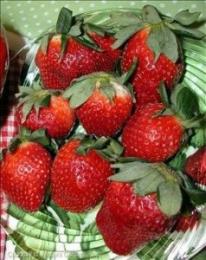
Anyone who has had to grow strawberries or wild strawberries knows very well that these plants reproduce by forming new small plants on creeping shoots. But, in the strawberry-strawberry family there are plant species that do not throw out shoots at all. This is exactly what the mustacheless strawberry belongs to, or as experts say - alpine remontant strawberry.
Content:
Characteristics
According to its characteristics, the plant is in many ways superior to its relatives:
- Fruiting occurs from mid-June until the onset of autumn frosts
- the berries are not inferior in taste and aroma to wild strawberries
- large berry size
- the number of berries per bush can reach 1000 pieces

What mustacheless strawberry is not capable of sprouting and forming new rosettes - the quality is undoubtedly positive. This greatly simplifies the care of the beds and also contributes to a more stable harvest.
Reproduction
Propagation of beardless strawberries can be carried out only in one way - by growing new plants from seeds. This is not to say that this activity is too difficult, but it will require certain knowledge.
- First, you need to properly prepare the soil, loose and nutritious, clearing it of large fractions.
- You need to sow the seeds in a small box with soil, the distance between the seeds should be at least 1 cm. The box should be covered with a glass frame or film to ensure a constant level of soil moisture.
- There is no need to bury the seeds in the ground; they must germinate in the light.
- Grown crops are hardened off, constantly accustoming them to room temperature and drier air.
The recommended time for sowing seeds is spring-early summer. Planting seeds earlier will require additional illumination of plants with fluorescent lamps. Depending on the quality of the seeds, beardless strawberries can sprout within two to three weeks.
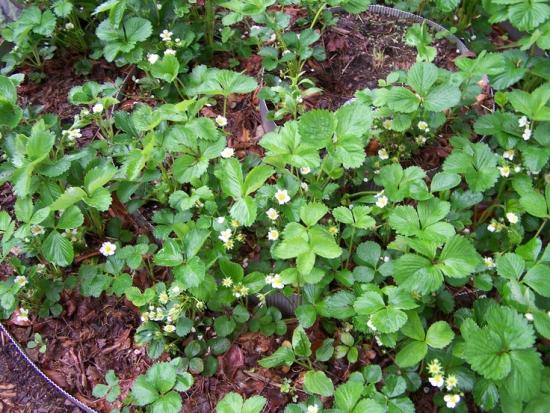
Due to the particulation of strawberry plants, division of the mother bush is also possible. In the third or fourth year of life, the old rhizomes naturally die off on the bushes, and the rosettes break up into separate particles (parts). Particulation is a simple and natural way of propagating remontant baleenless varieties.
Care
For some reason, some gardeners radically prune their strawberry bushes in the fall. Perhaps this is caused by the desire to protect plants from fungal diseases. But it is in nature that a perennial plant protects itself from frost, preserves snow for itself, and feeds itself. In the wild, gradually dying leaves form a layer of mulch.
Therefore, if you want to trim off withered leaves, then do it in the spring. But in return, the strawberries need a layer of organic mulch. Since beardless varieties are not aggressive, lawn grass mulch, as well as pine mulch, is perfect for prepared beds.
In addition to organic mulch, film covering will help fight weeds. The British, Americans and Europeans grow it this way. Their berries never touch the ground.
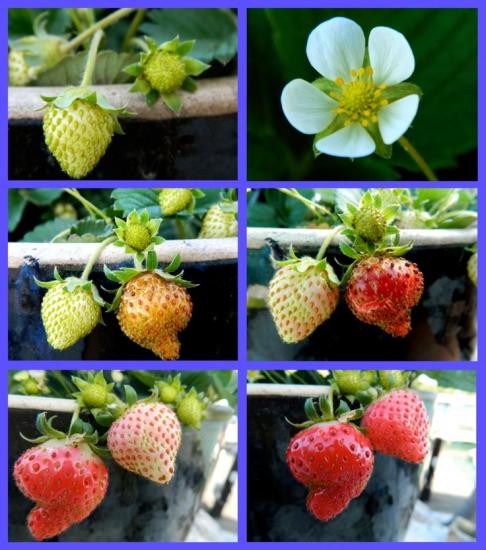
We used to have this before, and why we abandoned it is not clear. It is best to take roofing felt and roll it out over the prepared bed. Press down the edges tightly with boards. Walking on the covered bed is strictly prohibited.Both during planting and during operation, try to walk only on boards.
For planting strawberries small cross-shaped incisions are made (preferably only with a knife, not torn). Then young plants are pushed into them quite tightly. As they grow, these cross-cuts themselves will expand to suit the needs of the bush.
Two or three rows are made in the bed with a row spacing of 30 cm, the planting density in the row is 20-25 cm. The beds covered with mulch go without watering the entire season. And you can feed your pet with microelements. Strawberries also respond well to the following fertilizing: a drop of iodine, thin potassium permanganate, a pinch of copper and iron sulfate per bucket of water. You can water directly over the foliage using a watering can with a divider.
Since strawberries' roots do not go very deep, mulch protection conserves moisture, keeps the soil loose, and also protects the berries from rot. It is estimated that with such simple agricultural technology, the yield increases by a third, and even more in rainy times.
The beds are replanted after four years. It is excellent if you follow crop rotation and plant remontant strawberries after legumes. This will accumulate less pests in the soil, such as nematodes. If this is not possible, remove the covering material and generously apply a layer of mature organic matter (8-10 cm). Then spread a layer of new roofing material, since the old one will no longer have the necessary tightness.
Today you can find different varieties of wild strawberries and strawberries on sale, the technology for growing them is almost the same, and the timing and activity of fruiting are determined by the varieties.


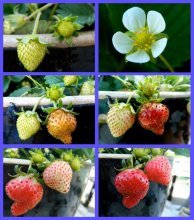
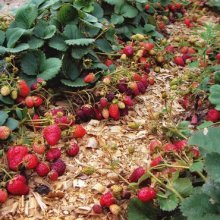
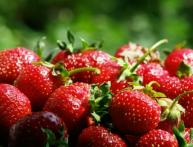

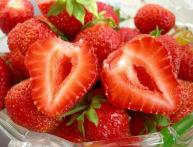
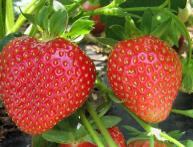

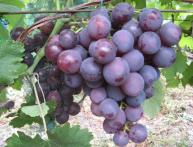
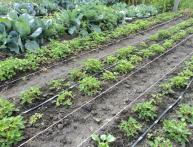
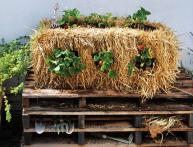
Comments
Quite an interesting type of strawberry. This is especially true for the method of its reproduction.I think growing strawberries from seeds is not easy. But for the sake of getting a good harvest, it’s worth a try.
It turns out that the strawberry directs its energies not to reproduction through shoots, as in classic varieties, but to fruiting, which is very pleasing. A bountiful harvest and even without wasting time with shoots is great
I have never tried to grow this variety of strawberries on my plot! Somehow it’s more familiar the old fashioned way! Of course, the number of berries obtained from the bush is impressive - up to 1000 pieces, so it will be necessary to plant such strawberries next year! Can the seeds be purchased at retail, or do I need to specially order them somewhere?
I have never planted strawberries without any strawberries, but I know that this variety is very good, since my neighbor in the country grows it. The berry is tasty, large, but requires more careful care than simple strawberries.
And this is actually the first time I’ve heard about this variety. Somehow I missed this miracle of selection. I thought that strawberries and wild strawberries always make their mustaches go away. I'm interested in this variety, I'll have to get to know it better. High yield and long fruiting are a big plus for such a berry.